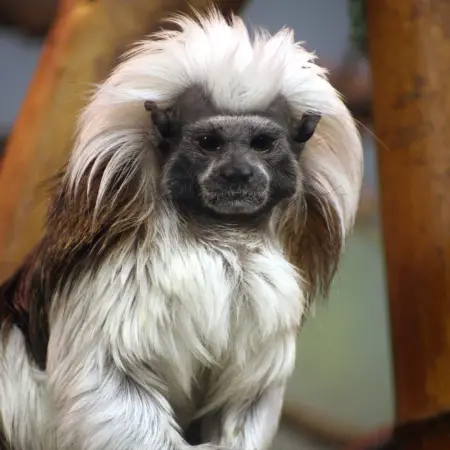Flying Fox
Flying foxes are a species of fruit bat. They are named flying foxes because of their fox-like heads and reddish brown fur.
There are over 160 species of flying fox found widely through South East Asia and North East Australia where they inhabit tropical rainforests. The numbers of flying foxes are declining due to hunting and habitat destruction. The isolated island populations are especially under threat.
Like most bats, the flying fox is nocturnal and roosts in trees during the day in large groups called ‘camps’ which may contain thousands of individuals. They sleep hanging from branches by their feet, and keep themselves cool by fanning themselves with their large wings. More..
Physical Description
This species has black fur, sometimes with reddish-brown or yellowish-brown fur on the back of the neck. The belly can be flecked with grey.
Distribution
They range from Sulawesi to northern Australia.
Habitat
Black flying foxes are found in tropical and sub-tropical forests, including mangrove swamps, paperbark forests and occasionally rainforest.
Diet
They eat nectar, fruit and the blossom of trees such as eucalypts, paperbarks, mangoes and turpentine trees. Citrus fruits are also eaten.
Behaviour
They are nocturnal. During the day they rest in communal roosts (called “camps”) in trees. They wrap their wings tightly around themselves if cold or wet, and flap their outstretched wings when hot. Black flying fox roosts can have hundreds of thousands of bats in them. The roosts are often on islands or in mangrove areas.
They sometimes share their roosts with the grey-headed flying fox (P. poilocephalus). In Kakadu National Park in Australia, the roosts are in dense vegetation either overhanging or adjacent to water, which crocodiles live in.
The crocodiles provide protection from predators (but presumably eat the occasional bat themselves…) They will travel up to 50km to feed. Fruit bats hold and manipulate food with their clawed thumbs. Pteropus fruit bats have particularly large thumbs and claws, which are also used for fighting. More..


